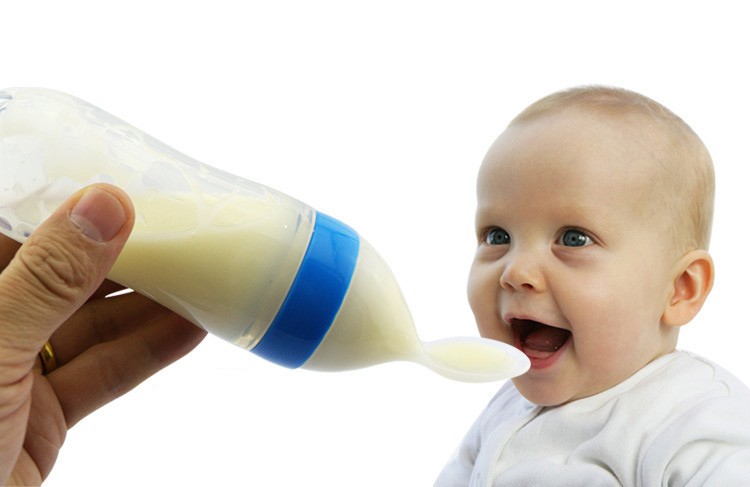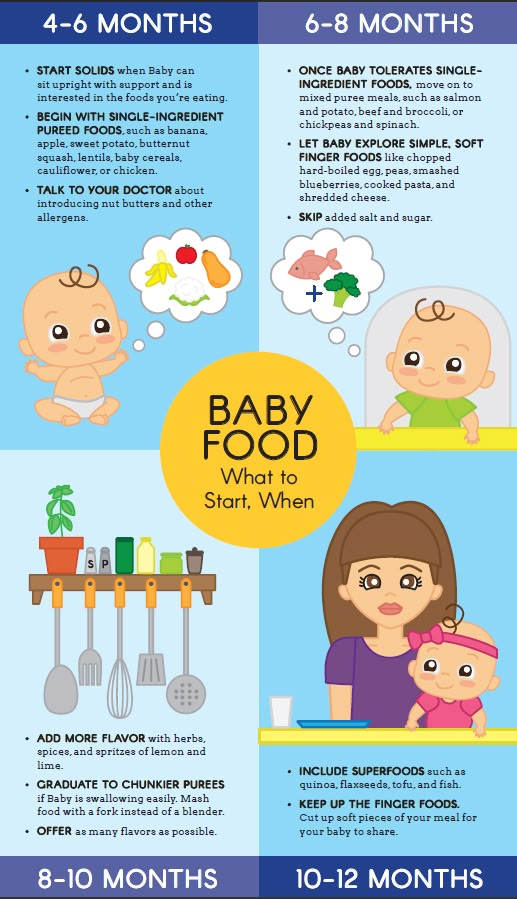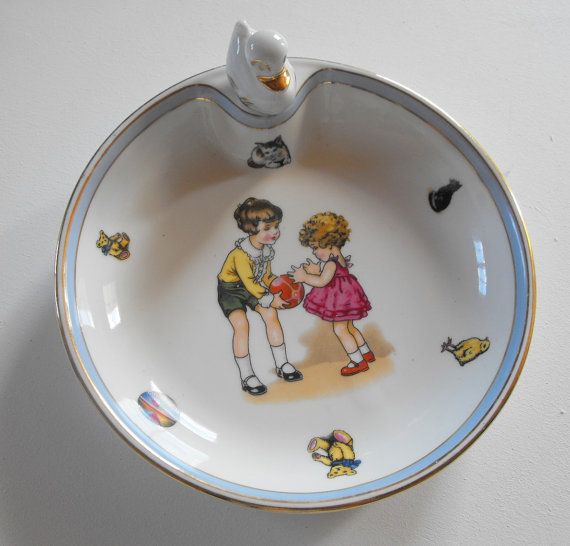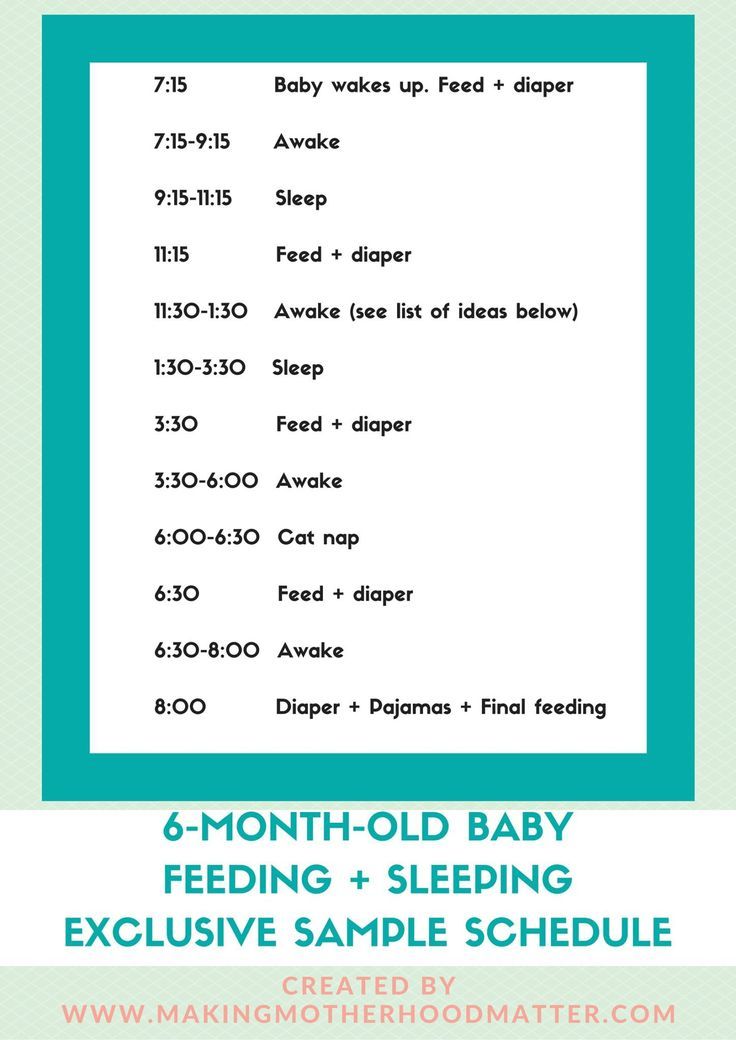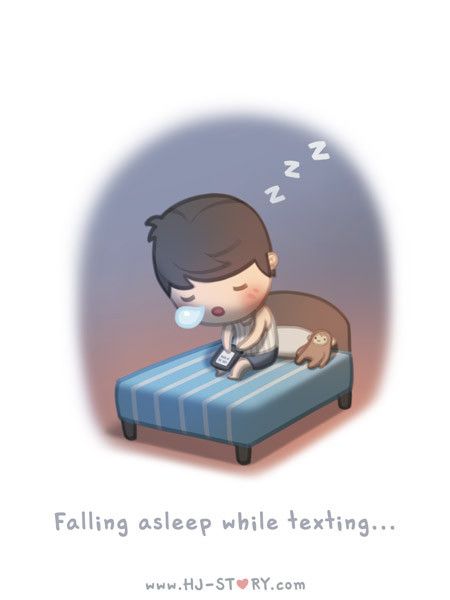How often should you feed baby fish
How to Raise Baby Fish Successfully
Table of Contents:
- The Right Environment for Breeding a Fish
- Bringing Up a Baby Fish
- Creating a Good Home for a Baby Fish
- Properly Feeding a Fish
Birds do it. Bees do it. And, yes, fish do it too.
But when fish are in an aquarium, it’s up to their owner to make sure they’re in the mood – and to make sure their progeny, or fry, are healthy. As with other animals, good health begins with healthy parents and continues with proper environment, feeding and a good understanding of the needs of a particular species.
The Right Environment for Breeding a Fish
- Fish need to be compatible, so make sure your breeders are the right age and size.
- Size matters, especially when it comes to tanks. So make sure yours is roomy enough for courting and that the water is fresh and clean.
- Stock your tank with the correct ratio of male to female fish. For some varieties, a little competition can be a turn-on – or a turn-off.
- Make sure your fish are well fed.
Bringing Up a Baby Fish
When everything’s done just right, the fry (newly hatched fish) will follow. Keeping them alive is another story.
Fish fry are often food for other fish. And some fish eat their own young. To keep the little ones safe, relocate the adults to another tank after they’ve laid their eggs or released their fry.
There are, however, some notable exceptions. For example, the anabantoids or labyrinth fish – whose members include the gouramis, fighting fish and paradise fish – protect their eggs in floating bubble nests built by the males. The males guard these eggs against all would-be intruders, including the mothers. Once the eggs have hatched, the male’s job is done and he’s off to spawn again.
Creating a Good Home for Your Fish
Because of their immaturity and size, fry placed in tanks with poorly filtered water or poor lighting are less likely to survive. Their immature immune systems make them very susceptible to bacterial, fungal, parasitic and viral diseases. Here’s what you should do:
Here’s what you should do:
- Check the water quality. Water should be changed frequently, and ammonia and nitrite levels should be zero. Some fish prefer hard water, some soft – check the needs of your fish before setting up your tank. Many fish breeders use sponge filters – which remove ammonia and nitrite – in their fry tanks. Tiny organisms, known as zooplankton, often grow in and around the sponge, providing the fry with live food.
- Check aeration. Too much of a good thing can harm the fry. In a small tank, churning water can be dangerous to fragile fry.
- Check the thermometer. A range of 76 to 80 degrees Fahrenheit is good for most common tropical freshwater fish, although koi and goldfish prefer it cooler.
- Watch calcium levels. Many fish obtain their calcium directly from the water. Keep levels at or close to 20 parts per million.
Properly Feeding a Fish
Many fish hatch as larvae with an attached yolk sac, which provides nutrition until the larvae are capable of feeding on their own. After that, baby fish must eat at least four to six times a day because they have very high metabolism and lack fully developed digestive systems.
After that, baby fish must eat at least four to six times a day because they have very high metabolism and lack fully developed digestive systems.
Fry like their food live. Brine shrimp nauplii used to be one of the most common fry feeds, but it is increasingly expensive. Other small live foods include daphnia and microworms, available from some aquaculture-supply companies as well as through hobbyists advertising in trade magazines.
Infusorian, which is essentially a plankton cocktail, is another common first food. These cultures are often found growing in and around aged sponge filters.
Commercially prepared fry foods can be used for some species.
After the first few weeks, most fry can be weaned off live foods and on to dry, prepared diets. Once this happens, the hard part’s over. But some fish, like cichlids, get more aggressive as they get larger and if they don’t get more space – other fish could become lunch.
How Often Do You Feed Fish (and How Much)? – Aquarium Co-Op
If you’re new to aquariums, figuring out how to feed your pet fish can be a little confusing.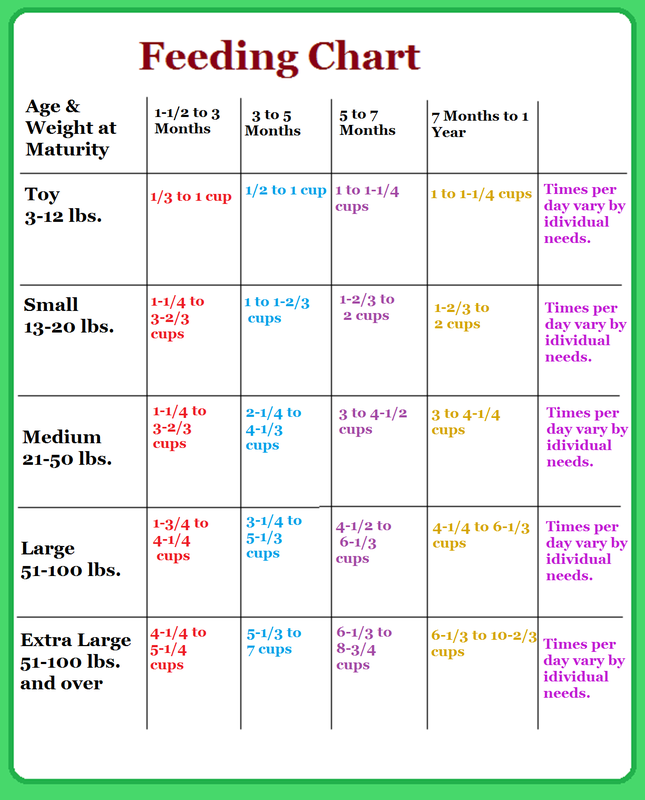 They always come up to the glass and beg for food, but does that mean you should give it to them? Keep reading to learn all about how much and how often to feed fish, what to give them, and how long they can go without food if you’re on vacation.
They always come up to the glass and beg for food, but does that mean you should give it to them? Keep reading to learn all about how much and how often to feed fish, what to give them, and how long they can go without food if you’re on vacation.
What Do Fish Eat?
When looking at rows and rows of fish foods at the pet store, it becomes clear that not all fish eat the same thing. The ingredients in betta fish food versus goldfish food can be quite different. So how do you know what to feed your fish if their picture isn’t on the jar label? It’s time to do some research on your fish and find out:
- Are they carnivores, herbivores, or omnivores?
- Do they prefer to eat dry prepared foods, frozen foods, or live foods?
- What size food best fits in their mouths?
- Do they need floating or sinking foods? (Some fish eat from the top, middle, or bottom of the aquarium.)
- Is the food tasty to your fish, and does it get eaten quickly?
Other considerations also include the price of the food and quality of ingredients. If you’re curious about our 5 favorite high-quality fish foods, read the full article here.
If you’re curious about our 5 favorite high-quality fish foods, read the full article here.
Most people think of fish foods as flakes, pellets, and wafers, but you can also feed frozen, freeze-dried, gel, or live foods to provide more nutritional variety for your fish.
Some frequently asked questions we get about the diets of specific aquarium fish include:
- What do goldfish eat? These hungry omnivores eat almost anything – meat, vegetables, algae, and even debris found in the aquarium. Provide them well-balanced and varied meals with both protein and fiber to ensure they get all the nutrients and vitamins they need. See this collection of goldfish foods for our recommendations.
- What do betta fish eat? Bettas prefer a more carnivorous diet that’s high in protein. They also have upturned mouths that are well-suited for eating floating foods like betta pellets or freeze-dried foods from the surface of the water. However, they will also readily eat frozen and live foods.
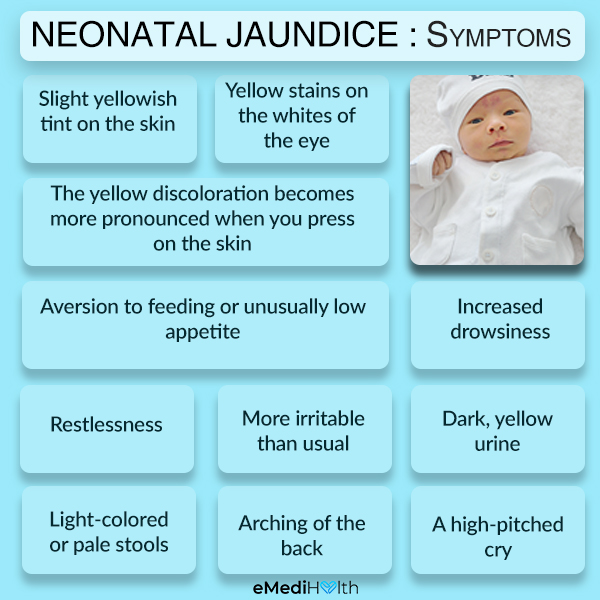 See our collection of betta foods for examples of what we feed our bettas.
See our collection of betta foods for examples of what we feed our bettas.
How Often Do You Feed Fish?
Most fish are fine with being fed once a day, but you can also choose to feed them two smaller meals a day for more enjoyment. Growing babies and slow grazers often need access to constant food, so you may need to feed them three to five tiny meals each day or a long-lasting food like Repashy gel food that doesn’t break down as quickly in water.
When is the best time to feed fish? Most fish are awake during the daytime, so pick a fish feeding time that is at least 10 to 15 minutes after the aquarium light turns on. That way everyone is awake, alert, and ready to eat. However, if you have nocturnal species like kuhli loaches or plecos, make sure to feed them after the aquarium lights have turned off for the day. Since the other fish are less active in the dark, this extra nighttime feeding gives them a better chance of getting enough food.
Nocturnal creatures like kuhli loaches may be too shy to come out and eat in the daytime, so make sure to provide some extra food when the lights are off.
Is fasting good for fish? As mentioned before, it depends on the fish. Some people choose to skip one or two days of feeding to ensure that overfeeding doesn’t become an issue and cause health issues. In fact, large predatory fish may only need to eat a few times a week. Nano fish and baby fry, on the other hand, have smaller stomachs and generally need to eat more frequently.
How Much Should You Feed Fish?
You often hear general guidelines like, “Feed as much as your fish can eat in 5 minutes,” while others insist that 30 seconds is all the time their fish need to wolf down their meals. The reason that opinions vary so greatly is because some animals are fast eaters and others are very slow. Even individuals of the same species can have different feeding behaviors. My betta fish would hunt down every scrap of food and gorge himself to the point of bursting, whereas my nephew’s betta fish was extremely picky and would only eat if the food was placed exactly 4 mm in front of his mouth.
A better way to judge the appropriate portion size for your fish is by observing the roundness of their bellies from both the top and side views. If you have ever been to the vet’s office, you may have seen a chart showing the obesity levels in dogs and cats based on the widths of their bodies. In the same way, you should aim to feed your fish until they have a slightly rotund abdomen. Of course, this may be difficult to determine with naturally round animals, like certain goldfish and balloon mollies, so look online to find pictures of healthy fish as a reference point.
How Do You Know If You Are Overfeeding Fish?
If your fish has a swollen belly, is producing a lot of poop, or is not very interested in eating during mealtimes, they may be consuming too much food. Other signs can include piles of uneaten food at the bottom of the tank (which may grow fuzzy fungus over time), algae growth, or a population explosion in snails and worms. Because excess food quickly pollutes the water, you may also notice cloudy water problems, foam at the water surface, or high levels of ammonia, nitrite, or nitrate measured by a water test kit.
Betta fish are prone to overeating, so feed them just enough food to have a slightly rounded abdomen without any excessive bulging.
Overfeeding can ultimately cause health issues such as fatty liver disease, constipation, or bacterial and fungal infections from the poor water quality. Luckily, the solution is fairly straightforward – feed less food, remove any uneaten food after 10 minutes, and consider introducing a weekly fasting day to give your fish’s body a little break. Also, make sure that other family members or roommates are not feeding your fish throughout the day without your knowledge.
How Do You Know If You Are Underfeeding Fish?
If your fish have skinny bodies or sunken bellies, are displaying paler colors than normal, or are slowly dying off one by one, you might need to increase their portion sizes. Just be aware that these signs are also very similar to the symptoms of a fish with internal parasites or worms. So if you are feeding your fish plenty of food but they cannot seem to gain weight, they may need some antiparasitic or deworming medication to rid them of any unwanted hitchhikers.
How Long Can Fish Go Without Food?
If you are planning on traveling out of town or going on vacation, you may not need to worry. Adult fish can often go one week without any food, depending on their size, metabolism, and the water temperature. However, if you have a tankful of newborn fry that require constant feedings, it may be best to set up an automatic fish food feeder or find a pet sitter who can take care of their needs.
Why Are My Fish Always Hungry?
In the wild, fish are not always lucky enough to find food every day, so if they come upon a source of nutrients, they gobble down as much as possible in case they can’t find anything to consume the next day. Therefore, these opportunistic eaters constantly act as though they are starving, even if you just fed them 15 minutes ago.
Don’t let your fish’s excitement fool you into feeding them more than they need. Instead, you can divide their daily meal into two or three portions so that you can enjoy feeding them multiple times a day.
Will fish stop eating when they are full? Generally speaking, yes. When their stomachs can no longer expand, it is physically not possible to fit in more food until some digestion has occurred. However, if they eat until they’re completely stuffed every single day, obesity and other health issues can become a problem.
If you’re interested in feeding a wide variety of high-quality foods, check out our top 5 favorites list to learn more:
Read More
How often to feed the fish - Aquasmile
This question is both simple and complex. It would probably be correct to take as a basis the frequency of feeding of fish in their natural conditions. But, firstly, let's be honest: who knows for sure how many times barbs eat in Sumatra? And what does our market barbs, bred in captivity for a hundred years, have to do with barbs in Sumatra. And, secondly, aquariums rarely contain a monoculture. Most often, these are several types of fish, and of different ages, which need to be fed with different foods. Therefore, we will try, without excessive theorizing, to give practical advice on feeding the inhabitants of a real home aquarium, including how often to feed the fish. nine0003
Therefore, we will try, without excessive theorizing, to give practical advice on feeding the inhabitants of a real home aquarium, including how often to feed the fish. nine0003
How many times a day you need to feed the fish
In aquarium practice, it is customary to advise one or two meals a day for all types of adult fish. This is due not so much to the real needs of the fish as to the convenience for the owner of the aquarium. A man woke up in the morning, threw a pinch of dry food into the aquarium, admired his favorites for a couple of minutes and, having charged with positive, “set off” for righteous works. In the evening, repeat the same, in reverse order: came, threw, charged, fell asleep. Most aquarium owners are accustomed to feeding their fish this way. At the same time, the question of how much to feed the fish in terms of quantity is controlled by the speed of eating. nine0003
When feeding twice a day, the fish should eat the food in 30 minutes.
And, in general, this is not a bad practice for a home aquarium. Under such conditions, the fish will live happily ever after. If you don't have time to feed the fish in the morning, one meal is enough for them. In this version, they should eat food in 45 minutes.
A special case arises in the following cases:
- the aquarium contains fish of different ages; nine0026
- the aquarium contains fish that eat different types of food;
- the aquarium contains fish with different feeding rates;
- The aquarium contains fish that do not allow other fish to feed until they are full.
This list is endless. The question of how many times a day to feed the fish is decided anew each time.
By and large, each fish has its own individual characteristics and they must be taken into account when feeding. nine0006
Even fry of the same brood have to be sorted several times and divided into separate groups according to the speed of eating food. Otherwise, part of the brood will be lost or "tightened".
Otherwise, part of the brood will be lost or "tightened".
Many manufacturers have already partially thought for you and offer special dispensers on dry food cans, and the instructions for use describe feeding recommendations: the amount of food for a certain number of fish and the meal time.
How long can you not feed the fish
As you can imagine, there is no Fish Institute of Dietetics, and the effect of fasting on fish health has not been studied. But from practice it can be said that there are cases when fish left by the owners in an unattended aquarium survived for a month or more.
-
Fish food flakes JBL NovoBel
UAH 22 – UAH 1,610
- nine0002 Flake fish food JBL Spirulina Premium
UAH 99 – UAH 2.001
-
Fish food in pellets JBL NovoGranoMix mini
UAH 25 – UAH 2.443
-
Food for fry and larvae Otohime B1
UAH 86 – UAH 10,750
- nine0002 Holiday fish food JBL Holiday 1 block
83 UAH
-
TetraMin Flakes
UAH 47 – UAH 2.
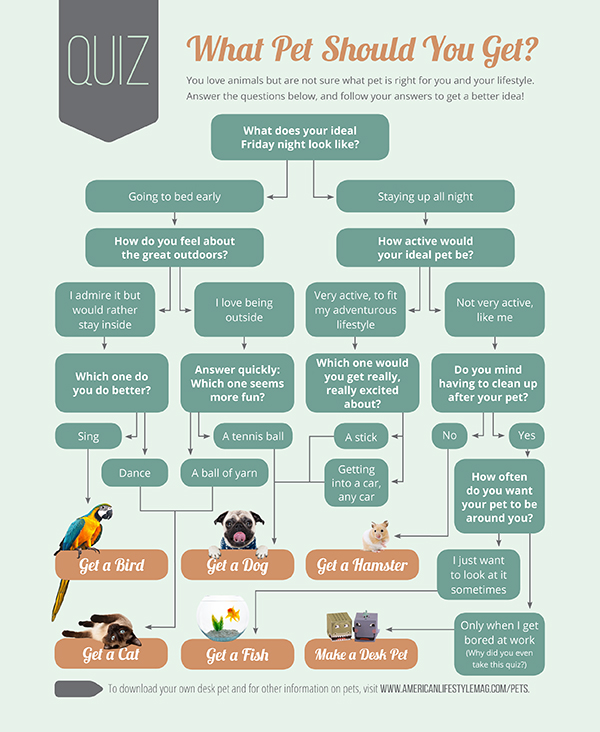 299
299
We cannot seriously discuss the issue of the abuse of living beings, and we say that the fish need to be fed, at least for the sake of humanity. In this article, we consider the question of how many times you need to feed the fish, and not the question of the need for feeding, as such. nine0003
Undernourished fish look pathetic. They have a retracted abdomen and often a curved spine .
Few people will enjoy the content and contemplation of such specimens.
Too much is also not healthy
We hope that you have already decided for yourself the question of how often you need to feed the fish and successfully cope with the care of your pets. But, from time to time, doubts gnaw at you: are you overfeeding your fish and how to determine this. nine0003
Overfed fish have very characteristic features:
- unnaturally enlarged belly;
- unusual swimming style;
- increased oxygen uptake from the water surface.

These are signs of one-time heavy overeating. In this case, you must immediately stop feeding the fish and give them a day without food for unloading. Chronic overeating leads to obesity of the internal organs of the fish, its weakening and gradual death. nine0006 The first thing overfeeding "hit" is the reproductive function. If you notice that your fish are not going to spawn at the “appointed” time, start feeding them less and work on correcting the fish diet in your aquarium.
Also, overfeeding is often the cause of a bacterial outbreak and cloudy water. You can read more about this in the article.
Conclusions, tips and recommendations
If you read the above carefully, you probably realized that the question of how many times to feed the fish, very roughly reflects the essence of the problem. It is not the quantity and frequency of feeding that matters, but the well-being of your fish. nine0005 Look into the aquarium often to decide whether or not to feed your fish once again.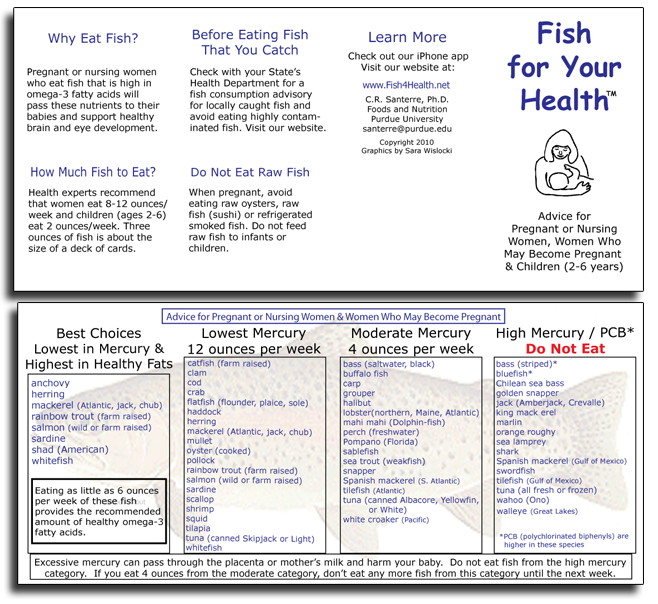 Observation and attention will be the solution to all your problems, and the experience gained will gradually affect your approach to feeding fish.
Observation and attention will be the solution to all your problems, and the experience gained will gradually affect your approach to feeding fish.
How often do you feed your aquarium pets?
Articles on the topic:
The health of fish in an aquarium depends on nutrition! How many times a day should they be fed?
Inexperienced aquarists are constantly tormented by doubts: how to feed the fish, what is better, when and how much, but is there enough food? In fact, the issue of feeding aquarium fish is very important, but at the same time, it is absolutely simple. You just need to carefully study the basic recommendations and systematically adhere to them. nine0003
How often should I feed?
So how many times a day should fish be fed so that they are healthy and live long in the aquarium? The standard feeding scheme says: there should be as much food as the fish can eat in 3 to 5 minutes. The normal portion of food for an adult is 2 - 5% of its total body weight. As for the frequency of feeding, experienced aquarists believe that 1-2 feedings per day are enough.
The normal portion of food for an adult is 2 - 5% of its total body weight. As for the frequency of feeding, experienced aquarists believe that 1-2 feedings per day are enough.
Prerequisite: if the food has not been completely eaten, then its remains must be removed with a net so that they do not become a source of contamination of the aquarium. Remaining feed should also be removed from the feeder.
Once a week it is recommended to give the fish a fasting day: do not feed them during the day so that their stomachs can be cleansed of undigested food residues. But such a shake-up should not coincide with some other stressful event: cleaning the aquarium, changing the water, etc. nine0003
How does the number of times depend on age?
The amount of food directly depends on the age of the inhabitants of the aquarium: if adult sexually mature individuals need only one or two feedings per day, then fry (immature fish) need much more. Since the "youngsters" need a lot of energy for growth, the amount of food required should be about 15% of the total body weight of the fry. In other words, 90,005 fry up to one month old are usually fed once every 3 to 5 hours , aged 1 - 2 months - 4 - 5 times a day. Unloading days are contraindicated for them.
Since the "youngsters" need a lot of energy for growth, the amount of food required should be about 15% of the total body weight of the fry. In other words, 90,005 fry up to one month old are usually fed once every 3 to 5 hours , aged 1 - 2 months - 4 - 5 times a day. Unloading days are contraindicated for them.
Does the frequency depend on the type of feed?
Fish food should contain proteins necessary for the normal course of all life processes, fats and carbohydrates, which are a source of energy, minerals for the skeletal system and vitamins for the normal functioning of the body. Such a combination of useful elements and substances can only provide a balanced and varied diet. There are several types of food: dry, frozen, live, vegetable. Experienced aquarists strongly recommend combining and alternating them in order for the fish to be healthy, vigorous and active. The frequency of feeding remains the same: 1 - 2 times a day, regardless of the type of feed. But anyway feeding should be given in portions , that is, as the previous portion of food is eaten.
But anyway feeding should be given in portions , that is, as the previous portion of food is eaten.
Why do I need to make a schedule?
For the normal functioning of the digestive system of fish, it is desirable to draw up a feeding schedule and stick to it every day. Since the fish easily develop a conditioned reflex to food, it is better to feed them at the same time.
Before pouring food into the aquarium, you should give the fish a prearranged signal, for example, lightly tap on the tank wall. After some time, the fish, having heard the signal, will gather at the feeding place even before the moment food arrives, and their stomach will begin to produce the necessary enzymes in advance, which are necessary for the full digestion of food. nine0005 Feeding should be done in the morning , 15 minutes after the backlight is turned on, and/or in the evening 3 to 4 hours before bedtime. Fish that are nocturnal are fed, as a rule, once a day under the light of a blue lamp, when all daytime fish have already gone to bed. As mentioned above, fish nutrition should be balanced and varied. Therefore, an approximate feeding scheme might look like this:
As mentioned above, fish nutrition should be balanced and varied. Therefore, an approximate feeding scheme might look like this:
- Monday - dry food, once a day. nine0026
- Tuesday - dry food of another kind, 1 time per day.
- Wednesday - live food, once a day.
- Thursday - dry food one time.
- Friday - dry food of a different kind, 2 times a day.
- Saturday - live and vegetable food.
- Sunday is a fasting day.
Each aquarist should approach the feeding schedule based on common sense and the individual characteristics of his pets. The proposed scheme is only advisory in nature. nine0003
What happens if you underfeed?
The basic principle of feeding fish in an aquarium is: it is better to underfeed than overfeed.
It is believed that a healthy adult fish can go without food for up to several weeks. However, you should not experiment, it threatens with unpleasant consequences.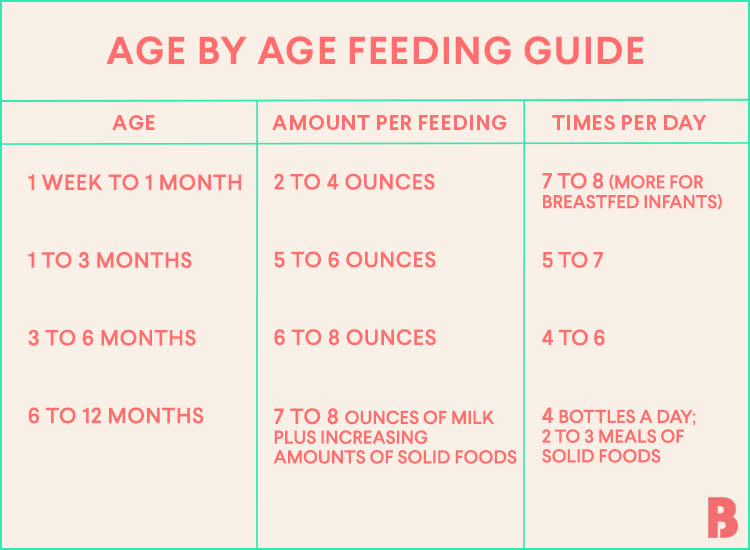 From rare and poor feeding, fish lose weight , their abdomens become sunken, their backs dry out. Everything can end up with larger individuals attacking smaller ones and simply eating them. An exception for systematic feeding can only be the spawning period. The diet of fish at this time should look like this: two weeks before spawning, they must be well fed, especially with food of living origin, but during the spawning period, the amount of food can be reduced. Experienced aquarists do not feed them at all for several days. nine0003
From rare and poor feeding, fish lose weight , their abdomens become sunken, their backs dry out. Everything can end up with larger individuals attacking smaller ones and simply eating them. An exception for systematic feeding can only be the spawning period. The diet of fish at this time should look like this: two weeks before spawning, they must be well fed, especially with food of living origin, but during the spawning period, the amount of food can be reduced. Experienced aquarists do not feed them at all for several days. nine0003
What happens if you overfeed?
Under natural conditions, the fish, in order to fill the stomach, should make a lot of effort. In an artificial reservoir, including an aquarium, abundant food is supplied systematically, the fish does not have to waste time and effort searching for it. As a result, fish, by nature a rather voracious creature , tries to eat all the food, and, as a result, begins to suffer from obesity, this disease immediately entails another - infertility.



